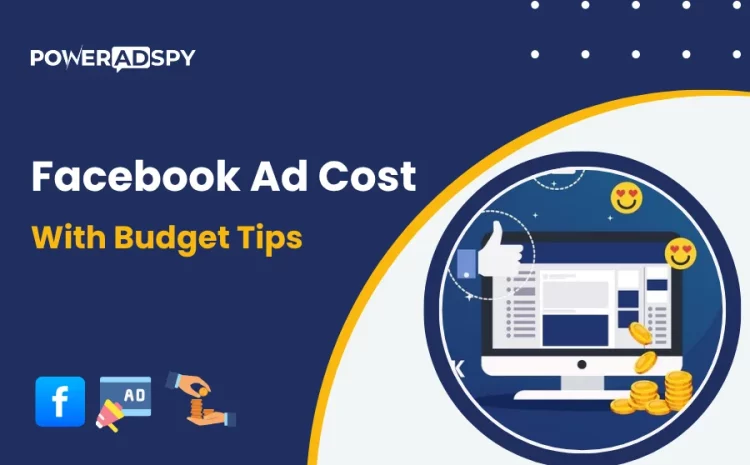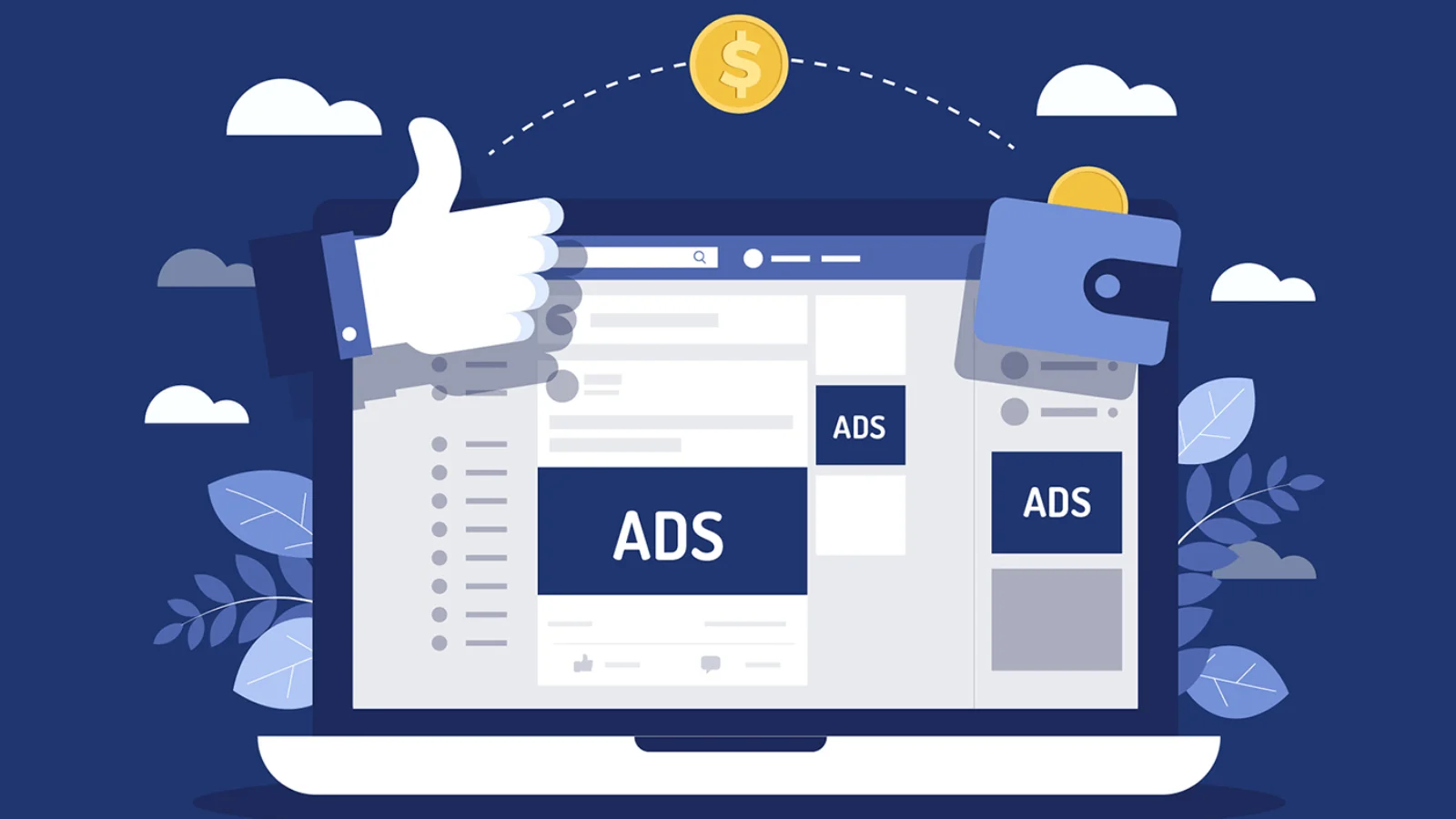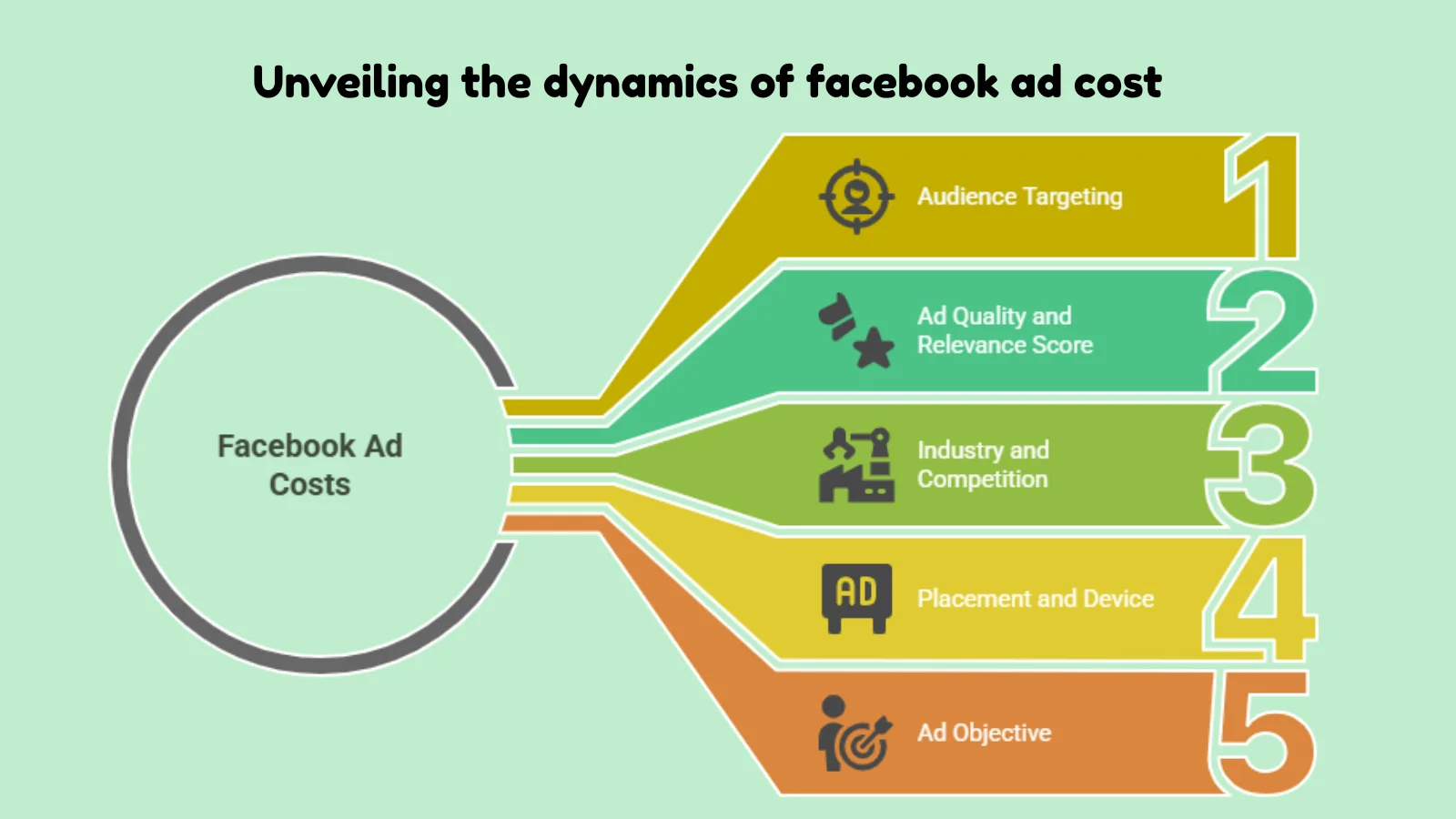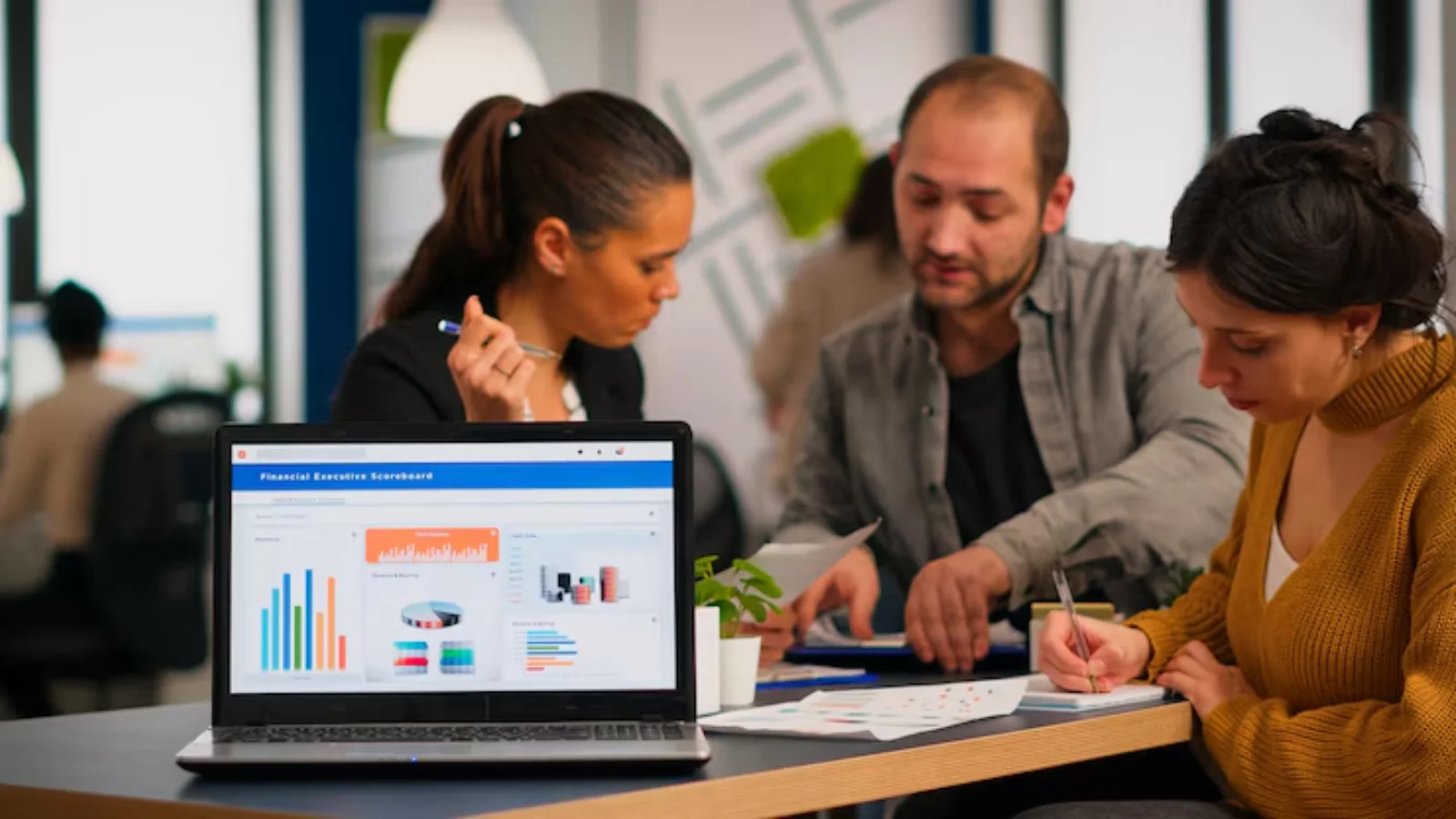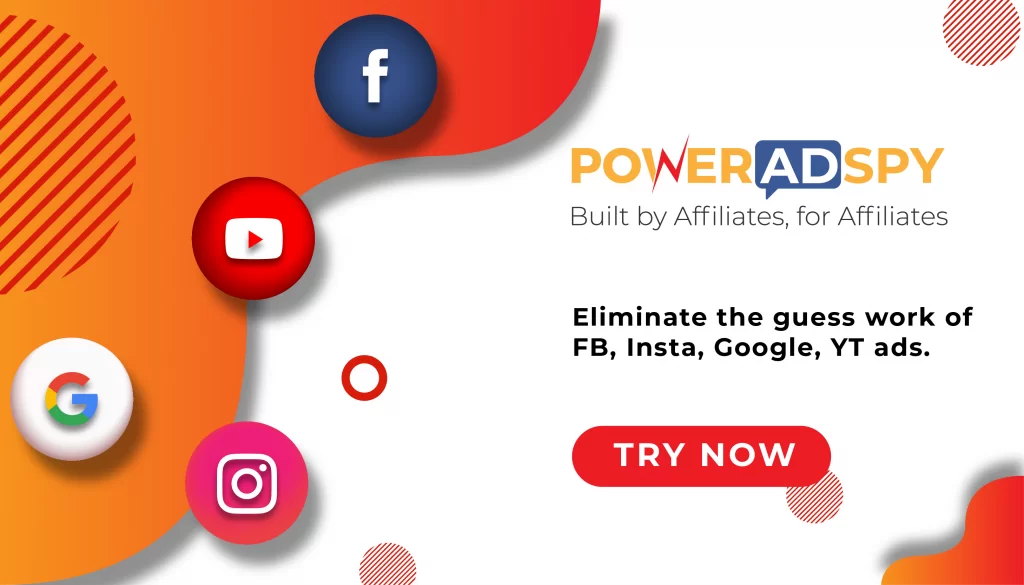How Much Does A Facebook Ad Cost In 2025: With Budget Tips
In the ever-evolving world of digital marketing, Facebook remains a powerhouse for advertisers looking to tap into a diverse and global user base. But one of the most frequently asked questions by both new and seasoned marketers is: how much does a Facebook ad cost in 2025? The answer isn’t a simple number, as Facebook advertising costs vary based on several factors such as industry, ad objectives, audience, and competition.
In this comprehensive guide, we’ll break down the actual cost of Facebook ads in 2025, share insights on what affects pricing, and give you actionable budget tips to maximize ROI. Let’s dive in.
In A Hurry? Listen To The Podcast Now!!
Why Understanding Facebook Ad Costs Matters In 2025?
Advertising on Facebook has become more sophisticated than ever. With the integration of AI, machine learning, and advanced targeting, businesses are able to reach their ideal audience with laser precision. However, as tools become more advanced, your budget planning must become more strategic to drive better results.
Knowing how much does a Facebook ad costs is critical because it directly impacts how far your ad dollars go. You need to understand the cost metrics to make informed decisions on budgeting, campaign structure, and expected returns.
Average Facebook Ad Costs in 2025?
Let’s get to the numbers. Here are the average Facebook ad costs for different metrics in 2025:
- Cost Per Click (CPC): $0.50 to $3.50
- Cost Per Thousand Impressions (CPM): $12 to $20 per 1,000 impressions
- Cost Per Lead (CPL): around $32.69
- Cost Per Conversion: between $0.50 – $5.00 per conversion
These figures can vary significantly based on your industry, target audience, and the type of ad you run. For example, B2B ads usually have higher CPC due to niche targeting, while eCommerce may see lower costs for retargeting campaigns.
So, if you’re asking how much does it cost to run a Facebook ad, the honest answer is—it depends. But with the right strategy, you can control and reduce these costs significantly.
Also Read :
Facebook Advertising Cost: Everything You Need To Know
5 Tips To Control Facebook Ads Cost
What Are The Key Factors That Influence Facebook Ad Costs?
The key factors that influence Facebook ad costs are as follows-
1. Audience Targeting
Narrow and well-defined audiences typically result in lower ad costs. Facebook rewards relevance. Broad targeting may increase your reach but at the expense of efficiency.
2. Ad Quality And Relevance Score
Facebook assigns a relevance score to every ad based on engagement and user feedback. The higher your score, the lower your ad costs. Well-crafted, relevant content is rewarded with cheaper exposure.
3. Industry And Competition
Highly competitive industries such as finance, insurance, and legal services often face higher Facebook ad costs because of intensified bidding competition.
4. Placement And Device
Costs vary based on where the ad appears (news feed, stories, Instagram, Messenger) and on what device (desktop vs. mobile). Mobile placements usually cost less but may not always yield high-quality conversions.
5. Ad Objective
Different objectives (traffic, conversions, reach, brand awareness) come with different pricing structures. Conversion-focused campaigns tend to be more expensive but yield high-value results.
If you’re wondering how much does it cost to do a Facebook ad with a conversion objective, expect to spend more than a simple awareness campaign.
How to Control Your Facebook Ad Costs?
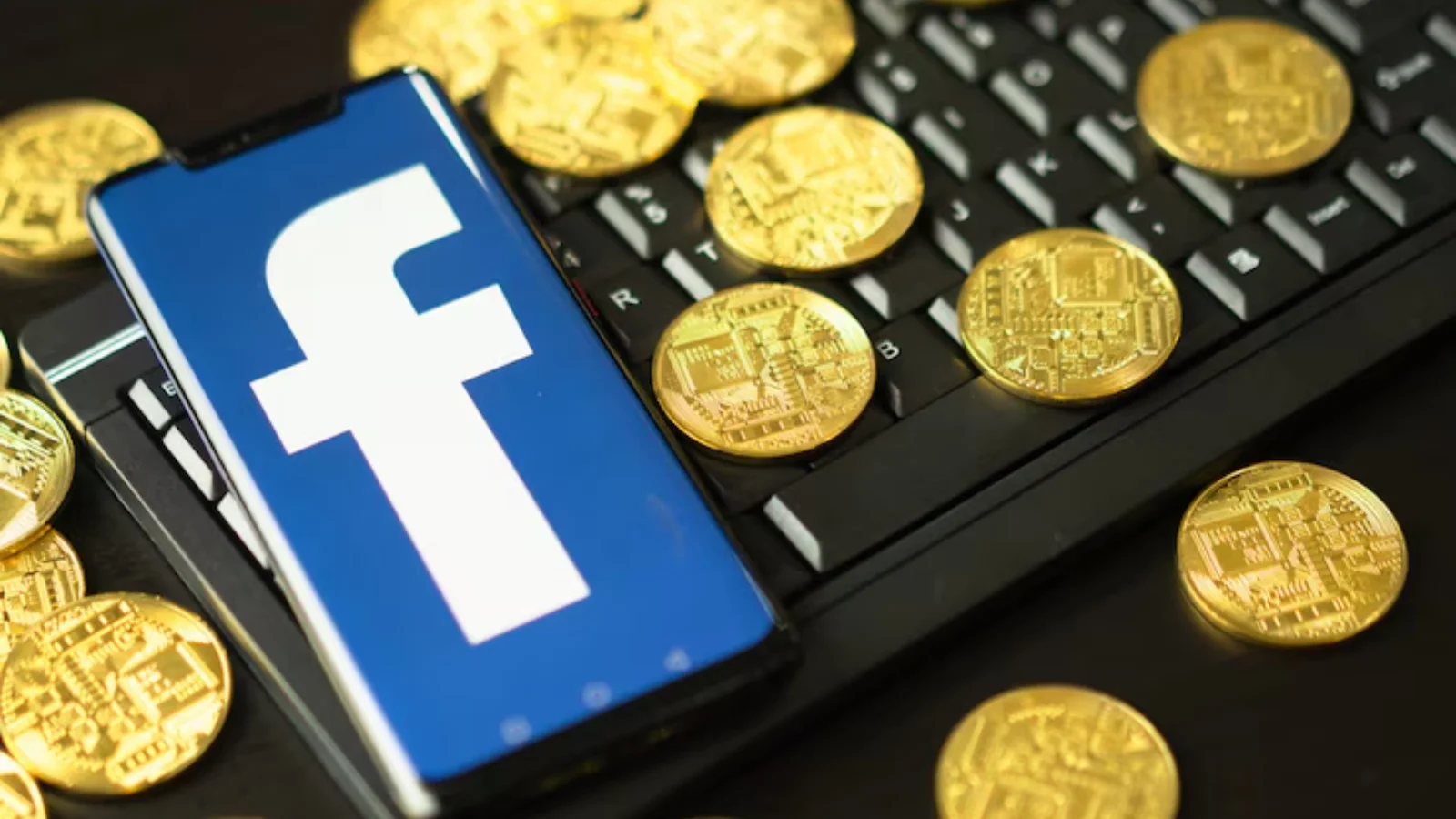 Managing Facebook ad costs isn’t just about cutting expenses—it’s about making smarter, more strategic spending decisions. Here are proven tips on how you can control your Facebook ads cost–
Managing Facebook ad costs isn’t just about cutting expenses—it’s about making smarter, more strategic spending decisions. Here are proven tips on how you can control your Facebook ads cost–
1. Set a Realistic Daily Budget
Avoid going in without a plan, begin with a modest daily budget and scale up based on performance insights. Facebook’s algorithm learns from data, so giving it time to optimize improves performance. A lower daily spend also allows you to test without risking major losses early on.
2. Use A/B Testing
Test different creatives, audiences, and placements. One version might significantly outperform another, saving you a ton of cost per result. Even small tweaks in visuals or copy can reveal big wins, so always be testing something.
3. Leverage Retargeting
Retargeting warm audiences (like website visitors or video viewers) usually results in lower costs and higher conversion rates. These users already know your brand, so converting them takes less budget than reaching cold audiences.
4. Schedule Your Ads Smartly
Run your ads when your audience is most active. Use Facebook’s ad scheduling tool to avoid spending during low-engagement hours. Analyze your performance by time of day to fine-tune your ad delivery and maximize ROI.
5. Refine Your Targeting Regularly
Review campaign data to eliminate underperforming segments. Adjusting your audience targeting can lead to significant cost savings and better results. Keep narrowing down on what works, location, age, interests, until every dollar hits the right audience.
Together, these tactics help you take real control over how much does a Facebook ad cost by making every rupee or dollar count, rather than just reducing spend. Want this turned into a checklist or visual roadmap?
What Are The Tips For Facebook Ad Budgeting In 2025?
Here are practical budgeting strategies to make the most of your investment while understanding how much does a Facebook ad cost at each stage:
1. Start With a Campaign Goal
Clearly define your main objective, whether it’s driving clicks, capturing leads, or boosting conversions. Your campaign setup should reflect your priorities because your goals directly influence how much does a Facebook ad cost. A focused objective helps ensure every dollar works toward measurable outcomes.
2. Split Budget Across Campaign Types
Distribute your ad budget across awareness, engagement, and conversion campaigns. Each phase plays a role in how much a Facebook ad costs and what return it generates. This structure gives you insight into which stage delivers the most value and where to adjust spending.
3. Use Facebook Pixel for Tracking
Set up the Facebook Pixel to gain insights into user behavior and accurately track conversions. With better tracking, you can identify how much does a Facebook ad cost to achieve specific actions like purchases or signups. This data-driven approach improves targeting and lowers wasted spend.
4. Monitor ROI, Not Just Cost
Don’t just look at CPC or CPM; those numbers only show part of the picture. Focus on the return on investment to understand how much does a Facebook ad cost when it drives meaningful results. At times, higher initial costs can lead to greater long-term returns.
5. Avoid Ad Fatigue
Using the same creative for too long can increase how much does a Facebook ad cost due to lower engagement. Refresh headlines, visuals, and offers every 7–10 days to keep your audience engaged. High-performing creatives reduce costs and improve results.
Contact Us
How PowerAdSpy Helps You Optimize Facebook Ad Strategy?
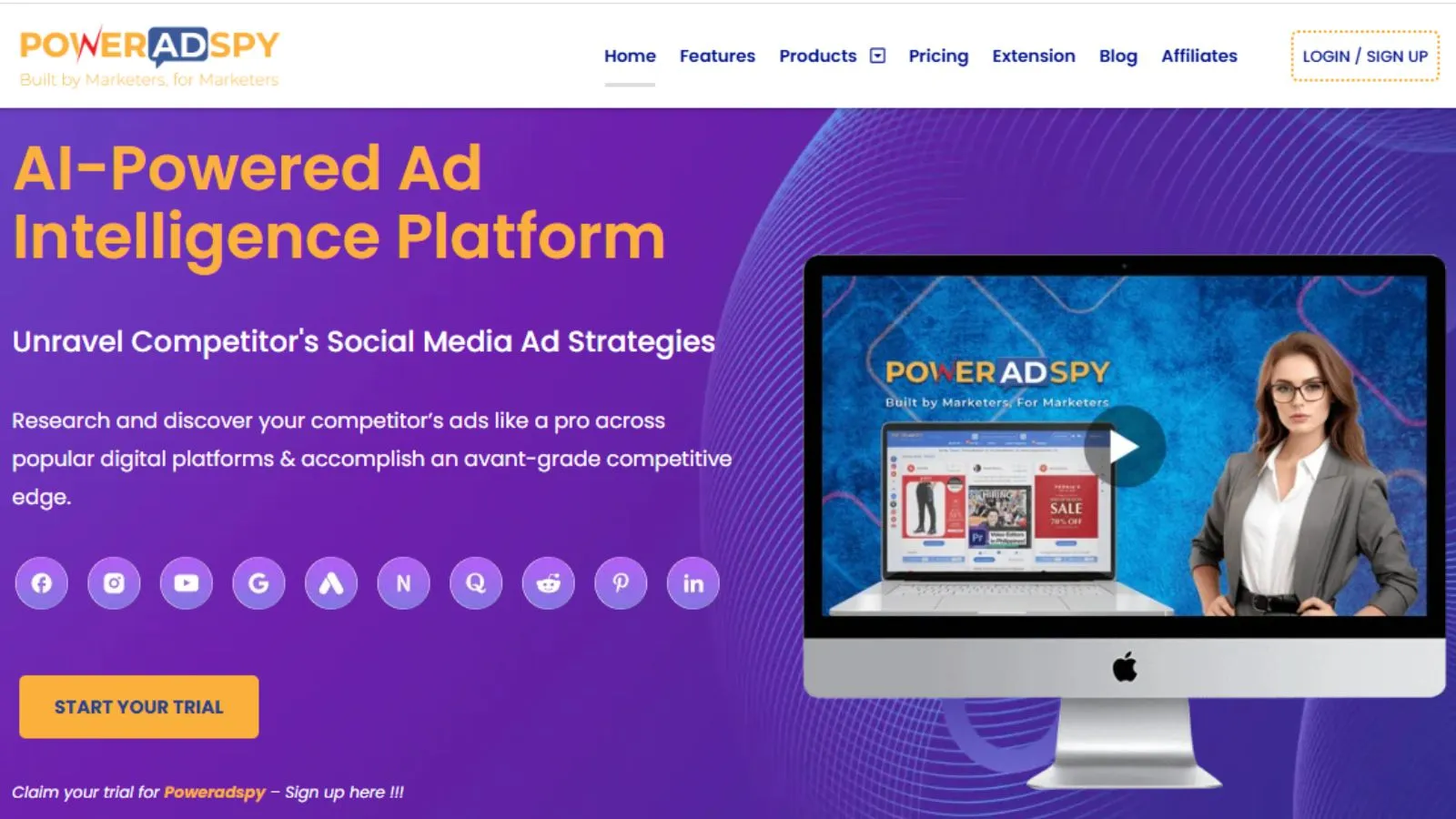 While PowerAdSpy doesn’t directly reduce the cost of Facebook ads, it plays a powerful role in helping you create smarter, data-driven campaigns that improve efficiency and ROI. As a leading Facebook ad intelligence tool, PowerAdSpy lets you track competitor strategies, uncover trending creatives, and refine your targeting approach, all of which contribute to better-performing ads and potentially lower cost per result over time.
While PowerAdSpy doesn’t directly reduce the cost of Facebook ads, it plays a powerful role in helping you create smarter, data-driven campaigns that improve efficiency and ROI. As a leading Facebook ad intelligence tool, PowerAdSpy lets you track competitor strategies, uncover trending creatives, and refine your targeting approach, all of which contribute to better-performing ads and potentially lower cost per result over time.
Here’s how PowerAdSpy supports your Facebook advertising efforts:
1. Discover High-Converting Ad Creatives
With access to thousands of ad examples across niches, you can analyze what’s working for competitors and get inspiration for your ads. By modeling proven formats, styles, and messages, you reduce trial and error, saving both time and budget.
2. Advanced Ad Filtering
Search ads by keywords, domains, advertisers, or engagement metrics (likes, shares, comments) to identify successful campaigns. This helps you pinpoint winning strategies in your industry and adapt them to your audience, which improves campaign efficiency.
3. GEO-Targeted Insights
Understand where your competitors are targeting their ads and which locations generate high engagement. With this intel, you can refine your targeting, focus on high-performing regions, and avoid wasting budget on underperforming markets.
4. Ad Placement Analysis
PowerAdSpy lets you filter by ad positions, like News Feed vs. Side Column, so you can determine which placements work best for your niche. Knowing the most effective placements helps you allocate your budget more strategically.
5. Call-To-Action Based Sorting
Sort ads based on the most effective CTAs (“Shop Now,” “Sign Up,” “Learn More”), allowing you to see what drives action. Crafting better CTAs can significantly improve click-through rates, helping lower your cost per click over time.
6. Real-Time Ad Monitoring
See live Facebook ads from competitors directly on the platform. This real-time visibility helps you stay ahead of trends, adjust quickly to market shifts, and avoid outdated ad formats that drive up costs.
7. Content-Type Analysis (Video vs. Image)
PowerAdSpy helps you identify whether videos or images perform better in your niche. This helps in choosing the right creative format to maximize engagement while keeping production costs in check.
8. Engagement Data at a Glance
Quickly assess which ads generate the most likes, shares, and comments. High engagement often correlates with lower ad costs due to Facebook’s relevance score model—allowing you to replicate successful elements in your own campaigns.
Moreover, it also gives you insights into your competitors’ ad budgets, helping you understand how they spend on ads. This can inspire new ideas to optimize your campaigns and cut down on advertising costs.
How Facebook Ad Cost Is Better Than Other Platforms?
 Knowing how Facebook ads stack up against other platforms helps you spend smarter. While Facebook is among the most cost-effective choices overall, platforms like Pinterest can offer even lower costs for specific niches, giving you more bang for your buck when used strategically.
Knowing how Facebook ads stack up against other platforms helps you spend smarter. While Facebook is among the most cost-effective choices overall, platforms like Pinterest can offer even lower costs for specific niches, giving you more bang for your buck when used strategically.
1. Facebook
With CPC averaging $0.26–$0.50 and CPM ranging from $1.01–$3.00, Facebook continues to offer one of the best value-for-money advertising platforms. Its massive user base combined with advanced targeting makes it ideal for advertisers seeking both reach and efficiency.
2. LinkedIn
LinkedIn targets decision-makers and professionals, which explains its higher CPC of $2.00–$3.00 and CPM between $5.01–$8.00. While it’s perfect for B2B and high-ticket services, you’ll need a bigger budget to see strong results here.
3. Instagram
Instagram is cost-effective for engagement-driven campaigns, with CPC as low as $0.01–$0.25. However, CPM can climb to $4.00 in competitive industries, especially when targeting younger audiences. It’s ideal for visual brands and lifestyle products.
4. Twitter (X)
Twitter’s advertising costs are on par with Facebook, with CPC at $0.26–$0.50 and an average CPM of $6.50. While it’s great for trending conversations and real-time marketing, it doesn’t match Facebook’s depth in audience segmentation.
5. TikTok
TikTok offers dynamic video ad formats with an average CPC around $1.00. However, CPM can rise to $10.00 for premium placements, especially when targeting Gen Z. Its creative-first approach works well, but costs can add up fast in competitive spaces.
6. Pinterest
Pinterest shines as a low-cost platform with CPC ranging from $0.01–$0.10 and CPM between $0.01–$1.50. It’s ideal for industries like home décor, DIY, fashion, and wellness. But it doesn’t offer the same scale or precise targeting that Facebook does.
7. YouTube
YouTube offers strong video campaign performance with CPC between $0.11–$0.40 and an average CPM of $9.68. It’s a go-to platform for brand storytelling and in-depth content but typically requires more investment in high-quality video production.
While Pinterest offers ultra-low ad costs and LinkedIn grants access to premium audiences, Facebook strikes the perfect balance between cost, reach, and targeting flexibility. Its vast audience, robust ad manager, and competitive pricing make it a go-to platform for businesses aiming to maximize ROI without overspending.
Final Thoughts
So, how much does a Facebook ad cost in 2025? It depends on your goals, targeting, and execution. But one thing is clear: with the right strategy and tools like PowerAdSpy, you can make every dollar count.
Remember, it’s not just about spending less. It’s about getting more for what you spend. From detailed budget planning to using spy tools for competitive insight, success on Facebook in 2025 is all about smart, data-driven choices.
Whether you’re just starting or scaling up, mastering your Facebook ad budget is essential for digital marketing success.
FAQs
Q1: Is there a minimum budget to run Facebook ads in 2025?
Ans- Yes. How much does a Facebook ad cost at a minimum? As little as $1/day for impressions. For conversions, a $5–$10/day budget is ideal for effective optimization.
Q2: Are Facebook ads still effective for small businesses in 2025?
Ans- Definitely. Even with tight budgets, small businesses can benefit. How much does a Facebook ad cost depends on your targeting, but smart strategies can drive strong results affordably.
Q3: What’s the difference between CPC and CPM?
Ans – CPC charges per click, CPM per 1,000 views. Your objective determines how much a Facebook ad costs, as conversion goals usually lead to higher CPCs.
Q4: Are video ads more expensive than image ads?
Ans- Not always. Though production may cost more, videos often lower CPCs due to better engagement, impacting how much does a Facebook ad cost overall.
Q5: How long should a Facebook ad run for accurate results?
Ans – Run ads for at least 3–7 days to see stable performance. This timeframe helps gauge how much a Facebook ad costs based on actual data and conversions.

